Aru to change design of Italian champion's jersey before first races
Tricolour motif reduced to minimum on joining UAE-Team Emirates
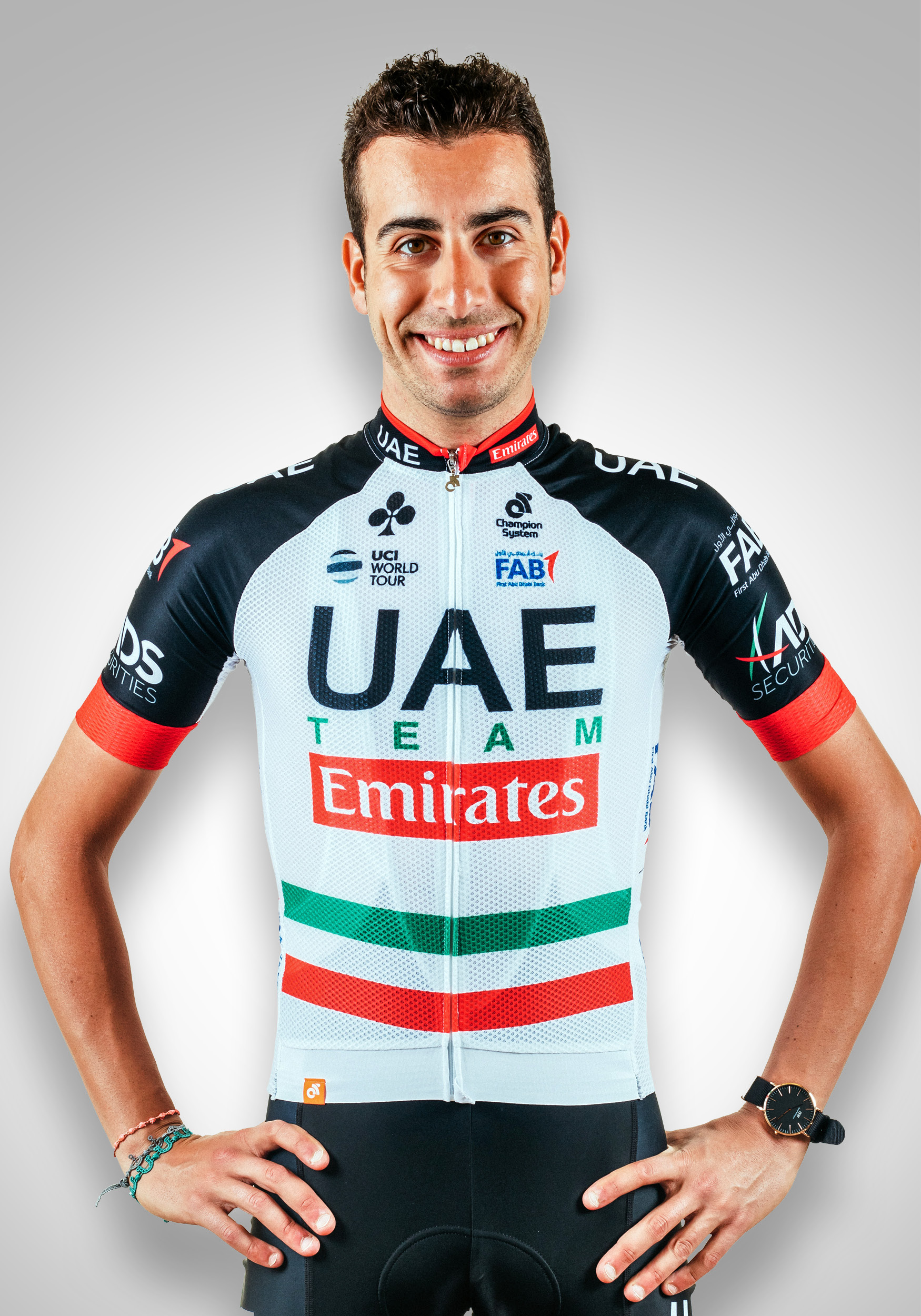
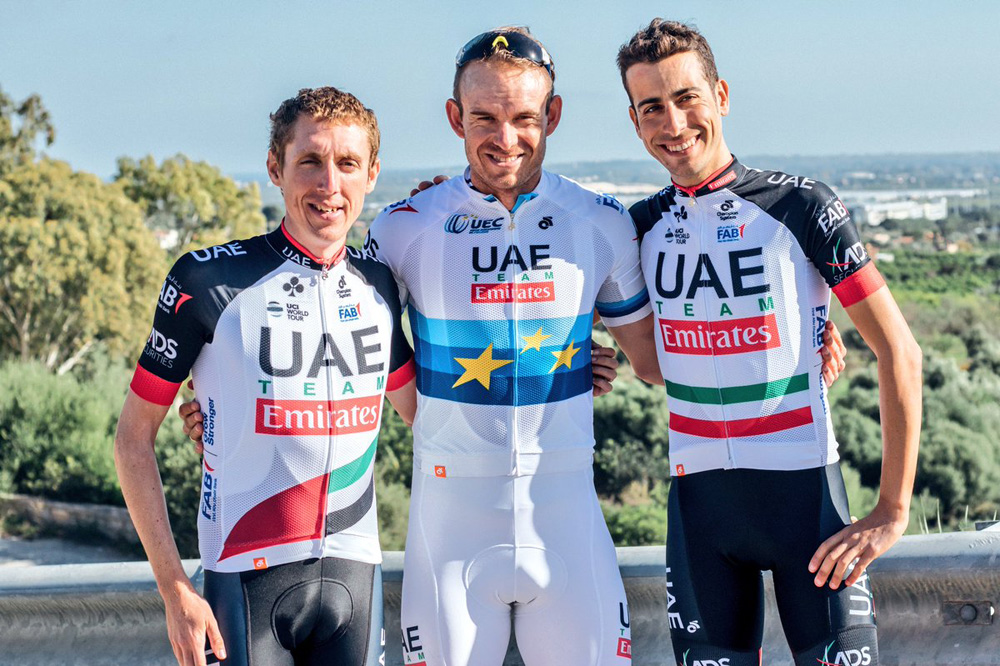
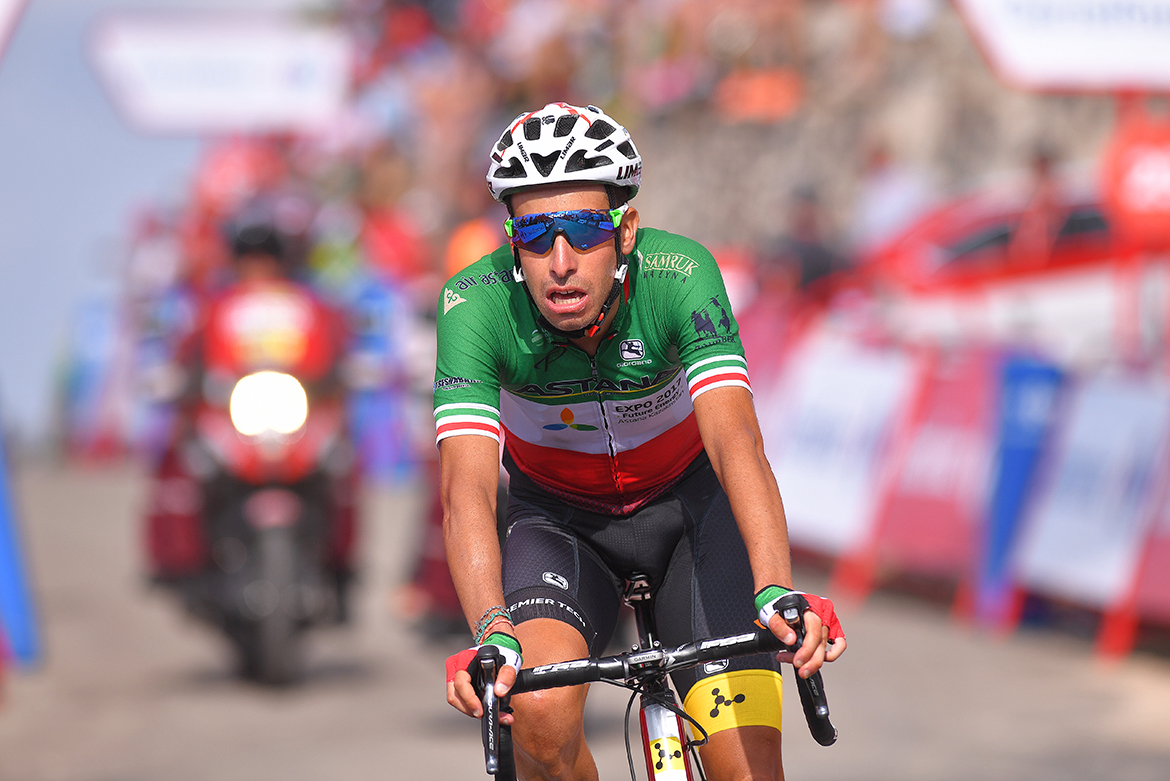
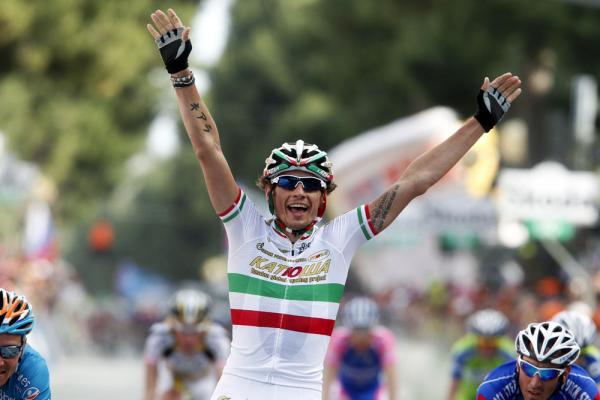
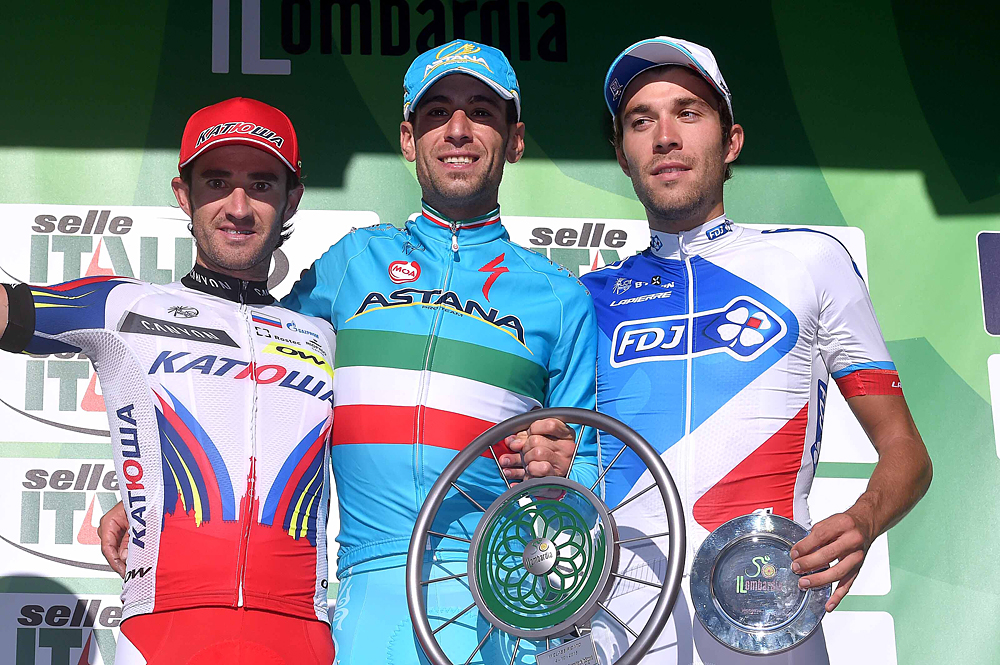
The turn of the year saw the release of the first photographs of Fabio Aru in his new UAE-Team Emirates kit, and the Sardinian has pledged to unveil a refined version of his Italian champion’s jersey before he lines out for his first race of the season in February.
Aru pleased traditionalists by wearing a classic version of the Italian champion’s jersey after claiming the title in Ivrea in June, but the design has undergone a drastic change to reflect his off-season switch from Astana to UAE-Team Emirates.
Aru's jersey is almost indistinguishable from those of his new teammates, with the Italian tricolour reduced to a small band low down on the jersey. The 27-year-old insisted, however, that this is merely a placeholder, and that the Italian flag will feature more prominently on the jersey he wears in races.
"It's only a provisional version. The tifosi can calm down, the colours of the Italian flag will be clear," Aru told La Gazzetta dello Sport. "The 'true' jersey will be presented further ahead, at an official event. It's elegant and beautiful, I guarantee you that."
The first creative interpretation of the maglia tricolore came in 2009, when Filippo Pozzato wore a version that saw the Moscow skyline motif of his usual Katusha team jersey coloured in the green, white and red of the Italian flag. Following objections from the Italian cycling federation, Pozzato switched to a white jersey with a green, white and red band.
Giovanni Visconti (at Movistar in 2012) and Vincenzo Nibali (at Astana between 2014 and 2016) later wore Italian champion’s jerseys that saw the national flag incorporated into their regular team colours. Aru bucked the trend by wearing a traditional Italian champion’s jersey during his final six months at Astana, but the UAE-Team Emirates colours will feature on his 2018 version.
"The basic principles won’t change, but the definitive version of the tricolour will be wider, more visible, and will run the length of the body. It will also appear on the cuffs and on the socks. We've based ourselves off the one Nibali used at Astana, respecting the guidelines of the federation," said UAE-Team Emirates manager Giuseppe Saronni, who was himself Italian champion in 1980.
Get The Leadout Newsletter
The latest race content, interviews, features, reviews and expert buying guides, direct to your inbox!
"This is the world of cycling now. I can understand the tifosi, but there are a lot of requirements that have to be satisfied. I’m not saying that people just have to accept it, but I hope they can understand."
European champion Alexander Kristoff is another new signing at the squad and, unlike Aru, his champion's jersey for 2018 will not incorporate the UAE-Team Emirates colours.
Although FCI president Renato Di Rocco said that his preference would be for Aru to continue in a design similar to the one he wore at Astana, he echoed Saronni in downplaying controversy over his 2018 jersey.
"The definitive version of UAE could be a good compromise. The colours are visible, independent and won't be confused with the team colours," Di Rocco said. "And the tricolour is a value that the athletes carry within themselves, beyond its external visibility."
Aru has announced that he will target the Giro d’Italia in 2018, and is expected to begin his season at the Abu Dhabi Tour in late February.